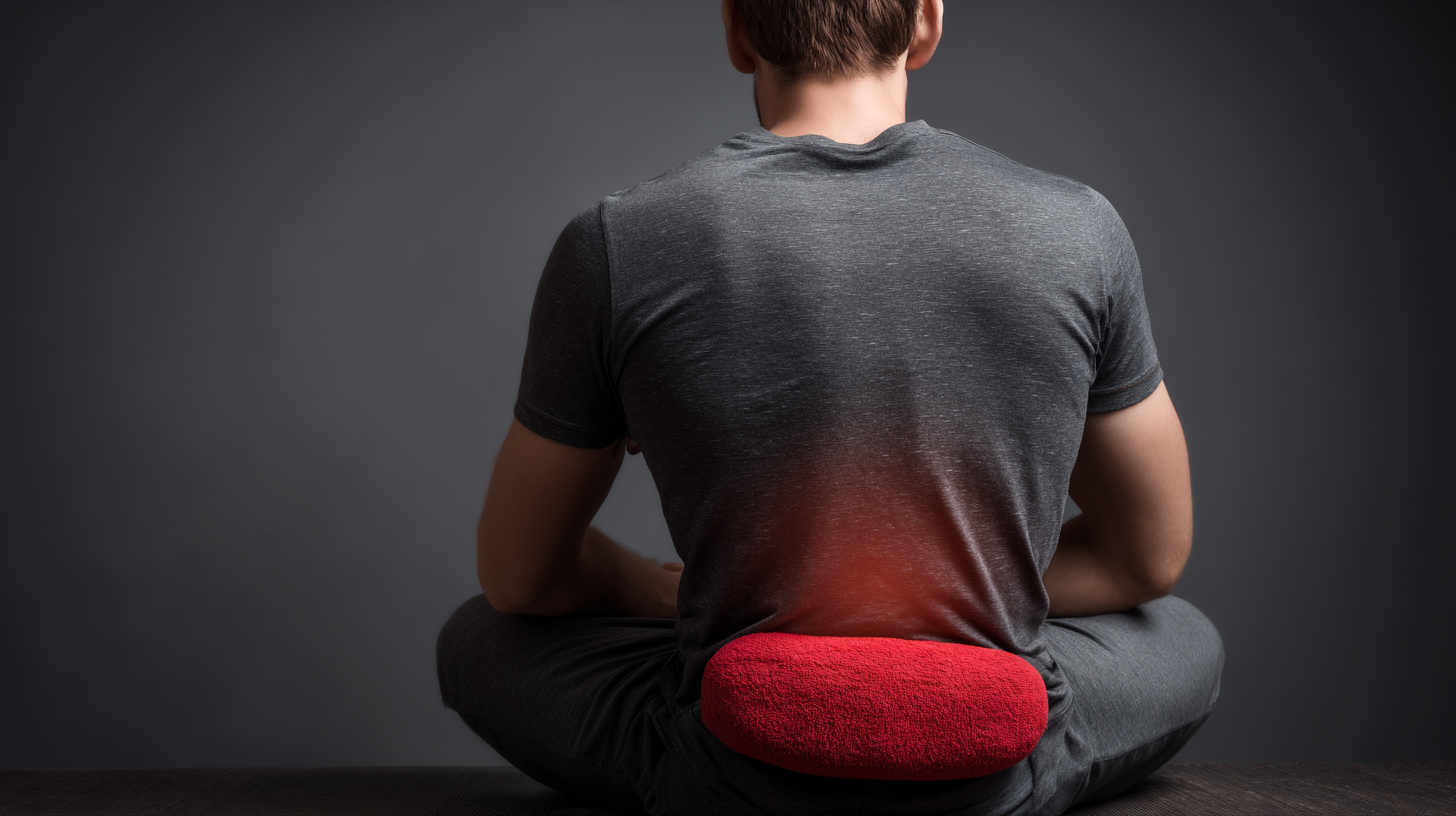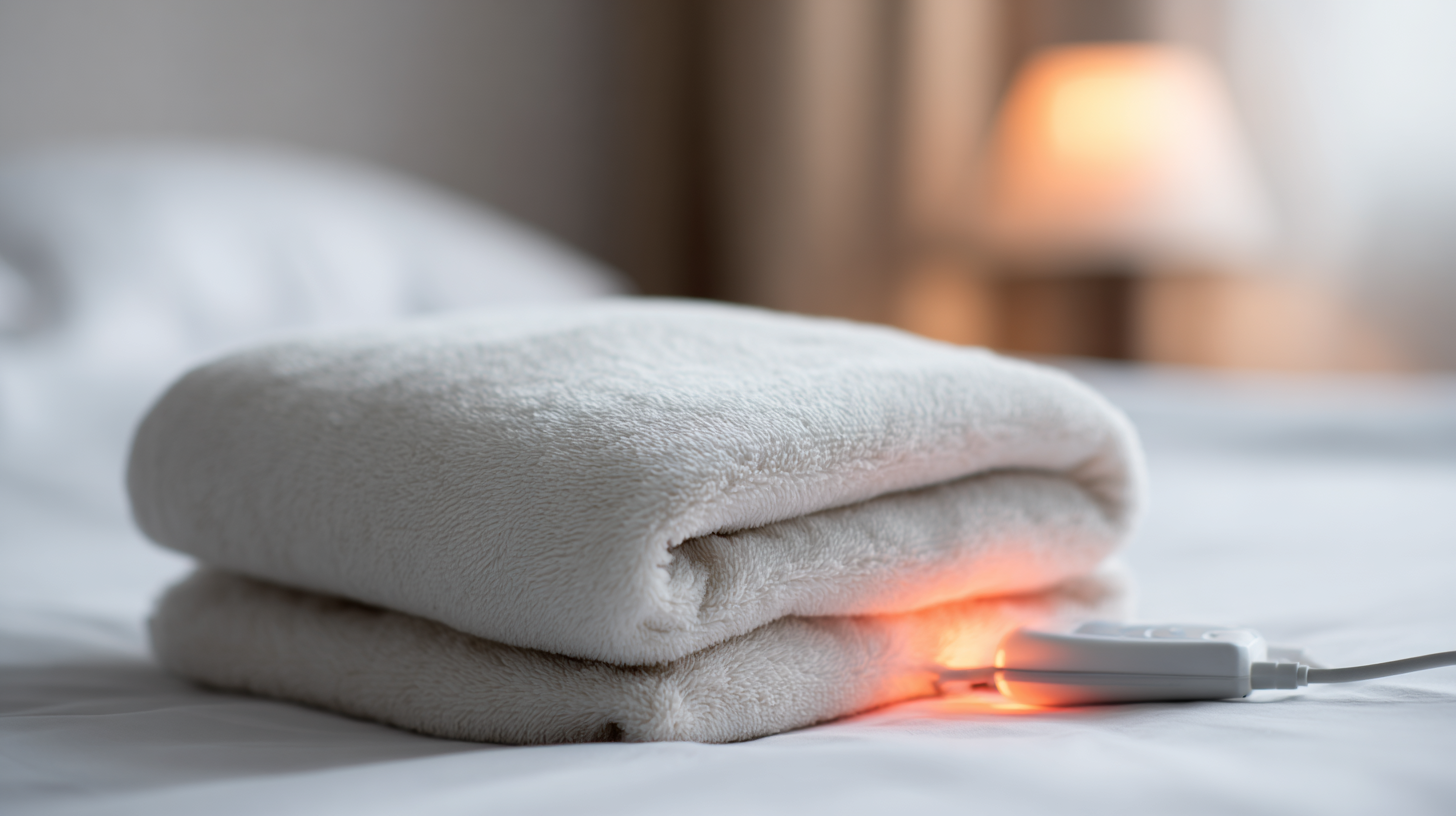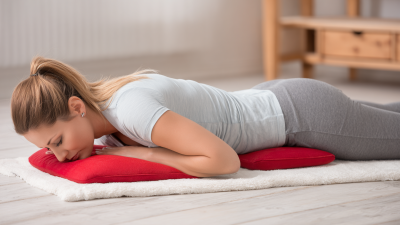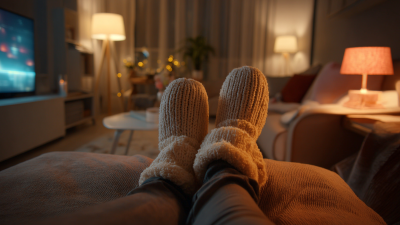Warm Pad for Back Pain has become a popular remedy for millions of individuals suffering from chronic discomfort. According to a report by the American Chiropractic Association, approximately 31 million Americans experience low back pain at any given time, leading to significant impairment in daily activities and productivity. Heat therapy is widely recognized in the medical community for its ability to alleviate muscle tension and improve blood circulation, effectively mitigating pain. Studies indicate that applying heat can reduce discomfort and promote relaxation, providing immediate relief for acute pain episodes. With various options available, the Warm Pad for Back Pain stands out as a practical and accessible solution, combining ease of use with targeted effectiveness. This approach not only addresses the symptoms but also enhances overall well-being, making it an essential tool in pain management strategies.

Warm pads have gained popularity as an effective method for alleviating back pain, with numerous studies highlighting their benefits. According to research published in the Journal of Pain Research, applying heat can provide significant relief for chronic back pain sufferers, with 70% of participants reporting reduced pain levels after consistent use of heat therapy. The gentle warmth from a warm pad facilitates increased blood circulation to the affected area, promoting muscle relaxation and speeding up the healing process.
Additionally, warm pads can enhance mobility and reduce stiffness, which are common symptoms associated with back pain. A report from the American Chiropractic Association emphasizes that heat therapy can significantly improve range of motion and is particularly beneficial for conditions such as muscle strain or tension. With an array of options available—from electric to chemical warm pads—individuals can easily incorporate heat therapy into their daily routines to effectively manage discomfort. Thus, warm pads not only provide immediate relief but also contribute to long-term recovery strategies for those suffering from back pain.
| Benefit | Description | Recommended Duration | Ideal Temperature |
|---|---|---|---|
| Pain Relief | Warm pads help relax muscles and soothe tightness, alleviating pain. | 15-30 minutes | 104°F - 113°F (40°C - 45°C) |
| Increased Circulation | Heat increases blood flow, promoting healing in the affected area. | 20-30 minutes | 100°F - 110°F (37.8°C - 43.3°C) |
| Stress Relief | Warmth promotes relaxation, which can reduce overall stress levels. | As needed | N/A |
| Tension Relief | Heat can ease tension and stiffness in the back muscles. | 15-20 minutes | 105°F - 120°F (40.6°C - 48.9°C) |
When selecting a warm pad for back pain relief, it is crucial to consider the type that best suits your needs. According to a report by the American Physical Therapy Association, heat therapy can effectively reduce muscle tension and increase blood flow, offering significant relief for conditions such as chronic back pain. Among the options available, electric heating pads provide adjustable temperature settings, allowing users to customize their heat level. This feature is particularly beneficial for managing pain intensity and tailoring the experience to individual comfort levels.
Additionally, natural options such as microwavable heat packs made from flaxseed or rice are gaining popularity. A study published in the Journal of Pain Research noted that these types of heat pads can produce similar therapeutic effects as electric ones, especially for muscle soreness. They are portable, reusable, and eliminate the need for electrical outlets, making them an ideal choice for people who require relief on the go. Ultimately, understanding your specific pain management needs will guide you in selecting the appropriate warm pad, ensuring effective relief and comfort.
 Using a warm pad for back pain can offer soothing relief to those suffering from discomfort. To maximize the effectiveness of a warm pad, one must follow some practical tips. First, ensure the warm pad is set to a comfortable temperature; it should feel warm, not hot. Applying mild heat will help relax tight muscles and increase blood flow, which promotes healing.
Using a warm pad for back pain can offer soothing relief to those suffering from discomfort. To maximize the effectiveness of a warm pad, one must follow some practical tips. First, ensure the warm pad is set to a comfortable temperature; it should feel warm, not hot. Applying mild heat will help relax tight muscles and increase blood flow, which promotes healing.
Another effective approach is to limit the duration of use. Applying the warm pad for approximately 15 to 30 minutes at a time allows for optimal benefits without causing a risk of overheating the skin. Remember to take breaks in between applications, giving your body time to cool down and adjust.
Incorporating gentle stretches while using the warm pad can enhance relief. As you relax, consider performing slow and gentle stretches to ease tension further. Pay attention to your body’s signals and avoid overstretching or causing additional discomfort. By implementing these tips, you can effectively use a warm pad and manage back pain more efficiently.
When using a warm pad for back pain, safety is paramount to prevent burns or other injuries. According to a study published in the Journal of Pain Research, heat therapy can significantly reduce discomfort by increasing blood circulation and relaxing muscle tension. However, it's crucial to follow specific safety guidelines for effective and safe usage.
First, always monitor the temperature of the warm pad. A temperature too high can lead to burns, especially for those with reduced sensitivity, such as individuals with diabetes. It's recommended to start with a lower heat setting and gradually increase it. Additionally, limit the duration of use to about 15-20 minutes at a time; prolonged exposure can have the opposite effect and aggravate pain.
Second, check for any skin irritation before and after using a warm pad. If any redness or irritation occurs, discontinue use immediately. It’s also wise to place a cloth between your skin and the pad to act as a buffer. Lastly, consult with a healthcare professional before starting heat therapy, especially if you have underlying health conditions. Making these precautions can enhance the benefits of using a warm pad while keeping safety a top priority.
When dealing with back pain, many people find solace in the use of warm pads. However, there are several alternative methods that can also enhance pain relief when used in conjunction with warm pads. One effective option is physical therapy, which involves tailored exercises and stretches designed to strengthen the back muscles and improve flexibility. This not only diminishes discomfort but also aids in preventing future injuries.

Another valuable alternative is acupuncture, a traditional Chinese medicine technique that involves inserting thin needles into specific points on the body. This method has been shown to promote the release of endorphins, the body’s natural pain relievers, thereby providing a significant reduction in back pain. Additionally, incorporating mindfulness practices such as yoga and meditation can help manage stress, which often exacerbates pain. By addressing both physical and mental aspects of discomfort, individuals can create a comprehensive approach to back pain relief that extends beyond the use of warm pads.






